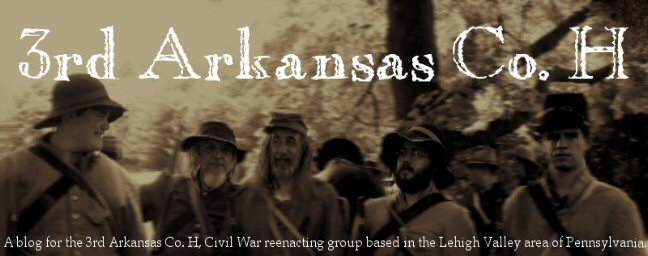Coaches, carriages, buggies, and omnibuses are absent at most reenactments due their their high cost and the lack of manufacturers. During the mid 1800s, you would only have a family carriage if you were relatively wealthy. For the middle class, one could rent a carriage for a night or take an omnibus. Omnibuses were carriages that could hold around 6 people. Some omnibuses ran on assigned routes, but many were willing to drive along the established route and infringe on other companies' territory.
Most carriages were pulled by horses; therefore, someone had to prepare and ready the horses in advance. Outings had to be planned out ahead of time so that a servant or a male family member could harness the horse or horses. By this point, carriages had springs that would absorb much of the shock from driving over unpaved roads.
Newspapers frequently joked about ladies not being able to fit into carriages because of their large cages and hoopskirts. Etiquette guides of the period strongly urged ladies not to enter omnibuses that had too many people in them. Their reasoning was that the lady would not look ladylike trying to cram herself in a packed car and would make other people uncomfortable.
Clippings from:
Ezra M. Stratton and George Washington Wright Houghton, The New York Coach-maker's Magazine Vol. 2 (New York: E.M. Stratton, 1860).












No comments:
Post a Comment